
Pioneer Women in Publishing: A Timeline
Posted on September 8, 2025 in INTO, South West
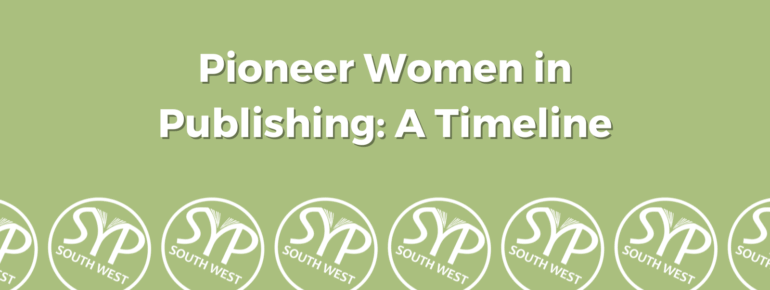
It’s no secret that women have had to knock down barriers to be able to access all forms of art and their respective industries and be taken seriously, from female painters to playwrights to novelists. In fact, even though women have been passing down beautiful and complex stories since ancient times, female authors only just rose to popularity in the seventeenth century, with many still writing under male pseudonyms until the twentieth century in order to be taken seriously. Authors such as Mary Shelley, Jane Austen, and the Bronte sisters proved that women could write compelling literature with complex themes and important social commentary.
But while female authors began to break through the industry, the art of publishing was still inaccessible to women and known as a gentleman’s profession. Even though many women participated in publishing endeavors, their contributions were often attributed to male relatives. It wasn’t until the late 19th and early 20th centuries that women began to be recognized in the industry and start to break down barriers. However, in 2024, surveys reported that women make up around 68% of the publishing workforce (Publishers Association). So how did women come to dominate the industry in such a short time?
In just one blog, it would be impossible to highlight every key figure that helped progress women’s role in publishing in the depth that they deserve. However we can outline a timeline showcasing how women began to push through social and political obstacles and break into the industry from the late 19th century through the 20th century alongside important resources that go further into depth.
Timeline
1860- Emily Faithful founds the first female-run printing house called the ‘Victoria Press’ in the UK, publishes women’s writing mainly focused on gender inequality and social justice, becomes widely successful due to recognition from Queen Victoria (Minor Victorian Writers)
1874/1876- Emily Faithful and Emma Patterson found the Women’s Printing Society, aimed at providing training for women to enter the publishing field (Victorian Research)
1907- Women’s Social and Political Union forms the Women’s Press, which capitalized on comedic satirical writing in order to further their cause of women’s liberation, helps to further the Women Suffrage Movement providing women with the right to vote (Wikipedia)
1908- Elizabeth Yeats forms the Cuala Press within Cuala Industries in Ireland, employing and publishing numerous female Irish authors, contributing not only to increasing job opportunities for women but also to the rising revitalization of Celtic culture (The Irish Times)
1960s- Women’s Liberation Movement emerges, encouraging more women to join the workforce and demanding equal pay and job opportunities
1967- Margaret Busby becomes Britain’s first and youngest black female publisher when she co-founds Allison & Busby Publishing, highlighting writings from African women and encouraging diversity within the profession (The Conversation)
1972- Rose Boycott and Marsha Rowe create the feminist magazine, ‘Spare Rib’, the most well-known and longest running publication of the Women’s Liberation Movement (Liberating Histories)
1973- Carmen Cahil founds Virago press alongside the creators of Spare Rib magazine, aimed at becoming the first mass-market publisher for exclusively female writers (Virago)
1979- Women in Publishing (WiP) as well as Women in Scholarly Publishing (WiSP) are formed in London, helping women develop their careers and promote their status within the publishing industry (Wikipedia, Association of University Press)
Today’s Resources
Fortunately, society is beginning to recognize and appreciate more and more of women’s often overlooked role in publishing, which is why we now have so many resources exploring the impact of these key figures and movements.
Just last year the Edinburgh University Press published the Edinburgh Companion to Women in Publishing, 1900-2020, which is a comparative collection highlighting the extensive and impactful work of numerous women in publishing since the 20th century. Collections like these help to ensure the hard work and dedication of women is no longer forgotten or overlooked.
Women in Publishing launched their Women in Publishing Oral History project, a website that celebrates ‘the achievements of women in book publishing during the 1970s, 1980s and 1990s – vital decades for both feminism and professional advancement of women in the UK’. Various members of the organization share their own experiences and perspectives of the publishing industry going back as far as 1979.
Additionally, The FLIP, a non-profit platform aiming to use female voices to inspire those in the publishing industry, conducts bi-monthly interviews with a new female proponent of publishing today.
On top of this, the SYP itself is constantly interviewing and detailing various voices of those who are successful and knowledgeable within the publishing industry, which more often than not are female. You can find such interviews/articles in the Press Forward Blog, available to anyone as well as our quarterly newsletter, InPrint, available only to members.
Written by Nicole Lavrack

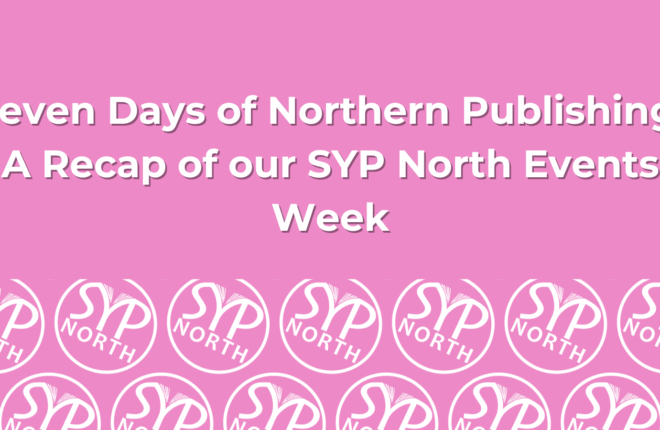
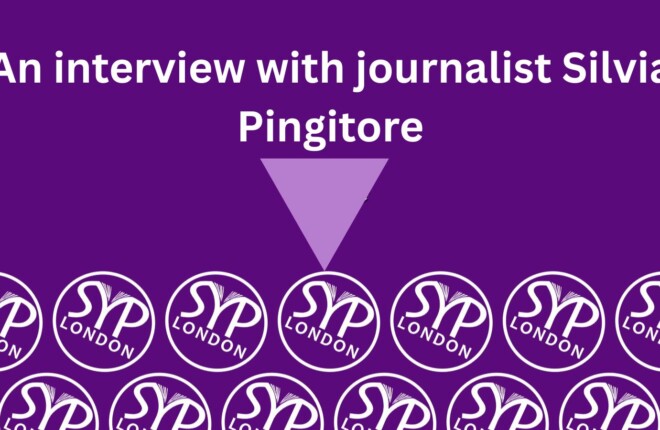
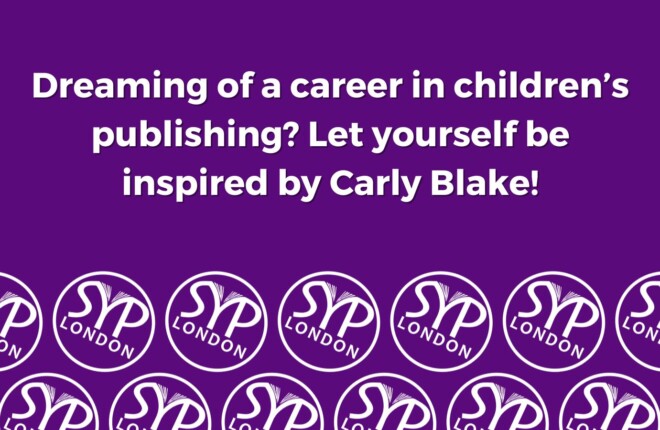
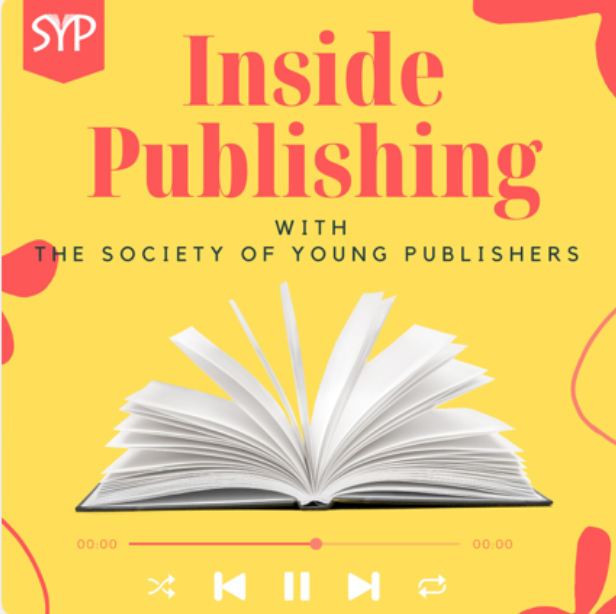 Listen to the podcast
Listen to the podcast  Explore the Youtube channel
Explore the Youtube channel